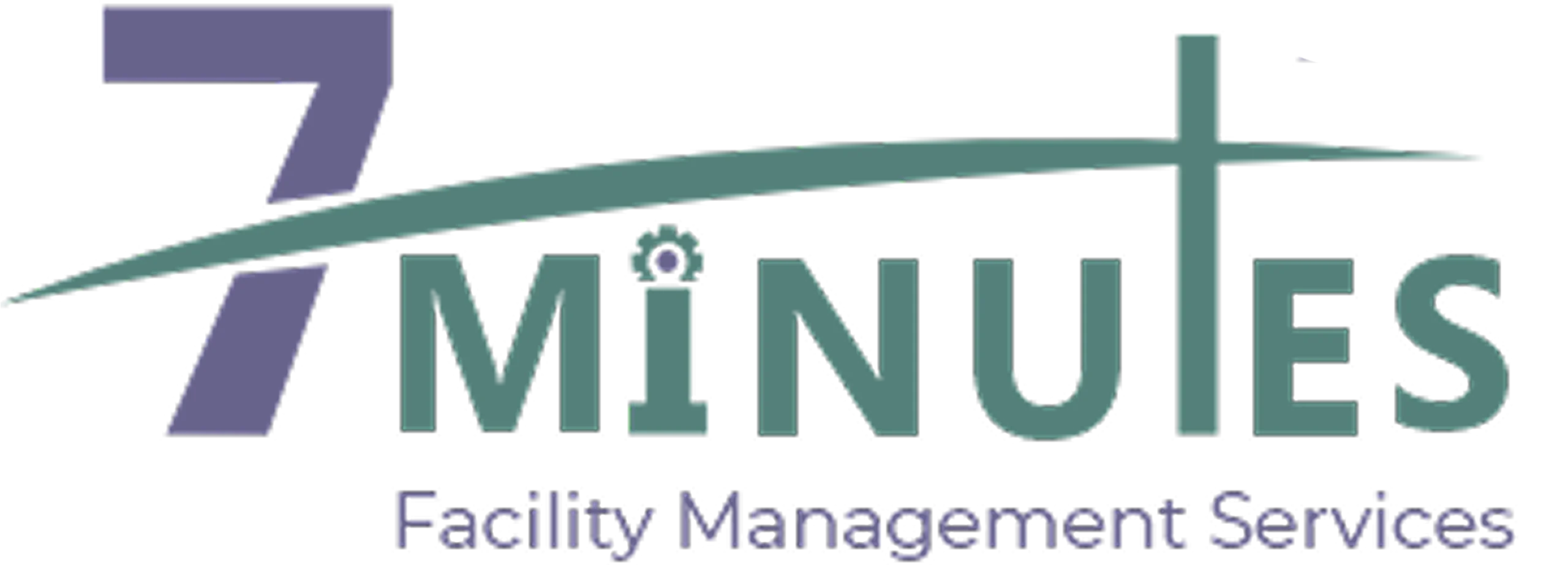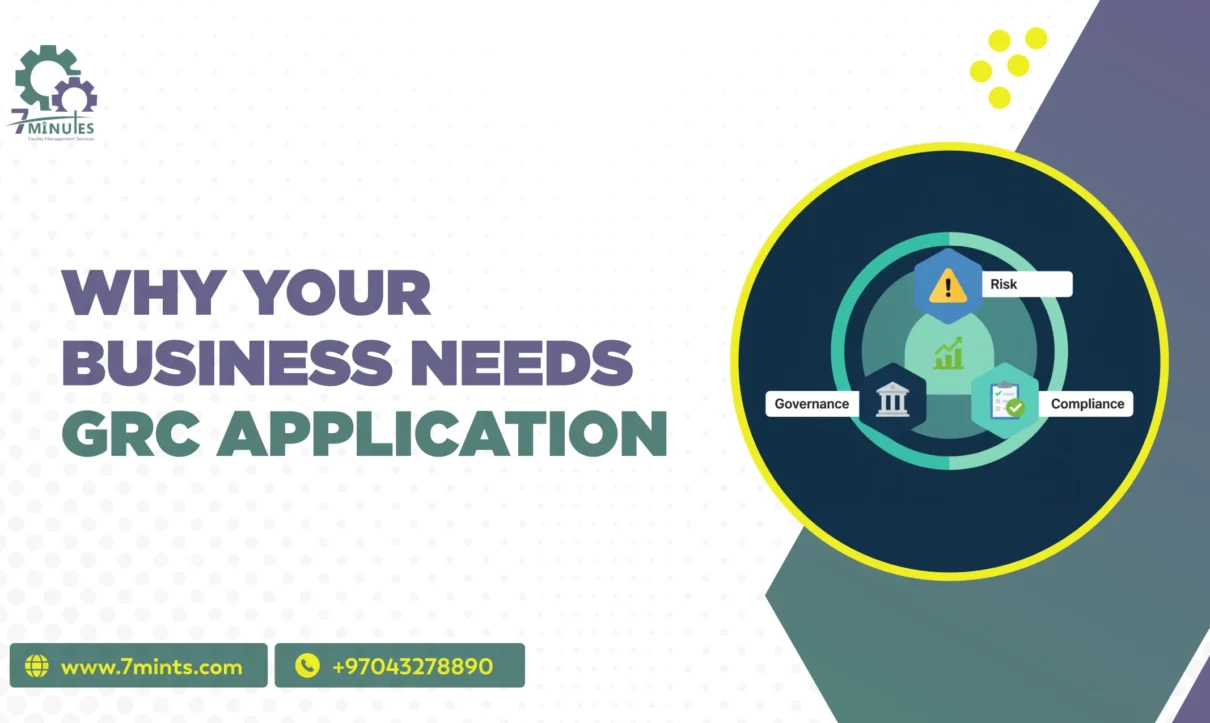Today’s modern business landscape is packed with uncertainties, from rising cybersecurity threats, stricter regulations, global supply chain risks, and settling complex financial accountability measures. Tools or half-war solutions, as the case may be, cannot keep pace with it all. That is why organizations go in for technology-powered GRC frameworks. A GRC application not only aids smooth regulatory compliance; it also helps build long-term resilience, engender trust amongst stakeholders, and steer business decisions into alignment with ethical and strategic standards.
What is GRC and Its Relevance?
Governance
Governance, being a system of rules, practices, and processes by means of which an organization is directed, is interested in ensuring that the decisions of leaders are transparent, ethically sound, and in alignment with business objectives. Good governance ensures accountability from the board of directors right down to every employee, provides clarity in job roles, and ensures that policies guide behavior. In contrast, an absence of governance places companies at risk of ill-conceived leadership, disparate strategies, and legal challenges that will affect their reputation.
Risk Management
Risk management consists of identifying, assessing, and controlling hazards that may threaten an organization’s performance or existence. Those hazards may be financial, cybersecurity-based, operational, or reputational. If a risk management framework is set up well, then businesses can be proactive and limit damage from escalating. Through continuous monitoring and analysis, organizations develop the strategies that create resilience and stop minor risks from developing into full-scale crises.
Compliance
It is the process by which a company follows applicable legislation, rules, standards, or regulations, mindful of the industry. It not only prevents legal sanctions but also helps build a trust relationship with clients, business partners, or government agencies. For example, compliance requires that good processes be in place to ensure the privacy of data, adherence to international standards, and auditing on a continuous basis. Organizations that lack good compliance mechanisms can find themselves losing both reputation and money with newer frameworks like GDPR, HIPAA, or recent financial regulations being enforced. Compliance, therefore, is a major protection mechanism for sustainability over a long period.
The Business Case for GRC Applications
Many organizations still prefer to use old systems such as spreadsheets, manual reporting, and even whiteboards to track compliance and risks. Those systems are prone to errors, create silos between departments, and are unable to keep up with changes in regulations in real time.
By contrast, a GRC application centralizes risk, governance, and compliance data into a single platform to provide visibility across the entire organization. It creates accountability by assigning controls, sends real-time alerts as soon as a risk arises, and automates a lot of the compliance paperwork.
utilizing advanced GRC tools, management can therefore make well-informed, risk-aware decisions at any time, thus turning governance and compliance from a defensive obligation to a strategic advantage.
Key Benefits of the Implementation of a GRC Tool
Customization for unique risk landscapes
Every organization has its unique risk profile shaped by industry, size, and geography. A GRC tool is meant to adapt to this diversity—whether monitoring HIPAA for healthcare, keeping an eye on GDPR for data-driven firms, or orchestrating financial audits for banks. Eschewing a generic approach, a customizable GRC platform gives businesses the liberty to set their own controls, policies, and workflows, which follow the precedence of their own agenda.
Automated compliance 24/7
Legislation has been changing faster than ever in the current turbulent environment, since changes in regulations are coming at an unprecedented pace. The GRC application automates compliance by giving an ongoing scan for new laws, generating alerts, and adapting workflows accordingly. This vastly reduces the requirement of manual oversight and assures that an organization is never out of sync with its demands. Compliance automation can also permit companies to become better placed to put resources into other areas of their work, such as those that generate value.
Executive insights via real-time dashboards
The usual risk reports may, by the time they reach the executive, become aged. Real-time dashboards of the latest GRC platforms provide live updates with drill-down capabilities, which allow decision-makers to clarify emerging threats and performance on compliance. Also, it thereby works as a communication bridge across departments that can otherwise become isolated and develop disjointed risk responses.
Audit readiness and secure data handling
The GRC tool takes control of the matter by securely storing data, tracking version history changes, and keeping audit evidence automatically. That helps fine-tune our preparation for an audit in due time. However, it also safeguards sensitive information concerning organizational data through strong encryption capabilities and security controls so that auditors and stakeholders can be assured that the actual process is transparent and almost tamper-resistant.
Who Needs GRC?
Small Businesses
Startups and SMEs may see GRC as an unnecessary overhead. Small businesses cannot handle regulatory fines or public loss in terms of reputation, which is why the question of GRC arises in the early stages. A risk-hygiene startup will thus also stay away from vulnerabilities; such poses increased attraction to investors and partners who demand transparent and compliant entities.
Mid-Size Firms
Scaling companies get more complicated as they go into new markets, hire more staff, and verify jurisdictions. What worked as manual controls eventually ceases to function. It is thus GRC applications that make such companies scalable by streamlining audit preparation, standardizing compliance processes, and smoothing collaboration across teams. This avoids regulatory issues, lowers operational risks, and facilitates long-term expansion. Check out our latest blog post on Eco-Friendly Cleaning Hacks for UAE Homes
Enterprises
Large organizations face global regulations, multiple risk categories, and increased exposure to reputational hazards. For them, GRC becomes one major purpose of management. A holistic GRC application orchestrates risk across geographies, consolidates frameworks such as SOX or ISO standards, and empowers an enterprise to cope with conflicting international regulations. This power is critical for maintaining competitiveness and growth in a multinational setup.
How to Choose the Right GRC Application
In determining which GRC platform to select, companies should orient towards solutions that will seamlessly integrate within their existing tech stack. This would ensure smoother implementation and preclude duplicate work between ERP, CRM, HR, and legal systems. Also, a platform with an easy interface would encourage adoption from employees across departments without much training.
Large organizations face global regulations, many sorts of output-risk categories, and reputational threats. For them, GRC is indeed not a compliance matter; instead, it is truly a key management issue. A truly integrated GRC Application coordinates, at least, risks by geographical regions, along with combining various local frameworks such as SOX, ISO, and other standards, so that enterprises have the tools to address conflicts between international laws. Such agility is essential for multinational corporations to stay in competition and keep on growing.
Ways To Pick The Correct GRC Application
When choosing a GRC platform, companies must look for solutions that work with minimal or no integration within their existing tech stack. Our ERP, CRM, HR, and sometimes Legal systems need to be interfaced so that upon GRC platform implementation, all of these systems will work together, thus avoiding duplicate work. Also, a platform needs to be simple enough to use so users from different departments and levels could adopt it without much in-house training.
GRC tools implemented in tranches with the pilot help adoption, allowing teams to learn stepwise without a complete overhaul. All the more, leaders must bring about a culture for ethical accountability—an environment where people see compliance not as enforceable rules but as having to do with their common responsibility. This is in harmony with the GRC maturity models, wherein organizations gradually move toward advanced and principled performance, away from just reactive compliance.
Adoption of GRC and Its Real-World Impact
A platform, if adequately implemented in the many processes in an organization, is bound to achieve cost savings owing to fewer manual processes and compliance penalties. GRC implementation promotes reputation-building and assures customers, along with other partners, about the governance and compliance they observe.
Audit readiness is certainly important, also. Without a GRC tool, one would be scraping to find evidence during compliance checks; with this tool, the evidence is already ready, organized, and tracked for the regulators. Being in domains with high levels of regulation, like finance, healthcare, and tech, it is a matter of survival in compliance-heavy domains and also presents an opportunity to gain a competitive advantage by marketing culture-trusted transparency.
Conclusion
In times where, instead, risks increase and regulations multiply, companies simply cannot afford fragmented or outdated compliance mechanisms. Thus, modern GRC applications help centralize governance, reduce risk, and automate compliance, making businesses more agile, accountable, and trustworthy.
The road to resilience starts by adopting GRC as an enabler of growth and trust rather than a challenge. Regardless of if you are a startup or a mid-sized firm or a global enterprise, Contact us as a well-thought-out GRC strategy will cement your future and fortify the relationships around the world with your stakeholders.










1 Comment
Comments are closed.